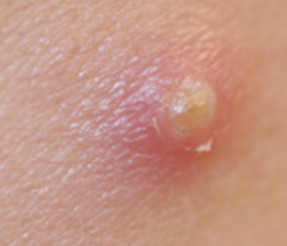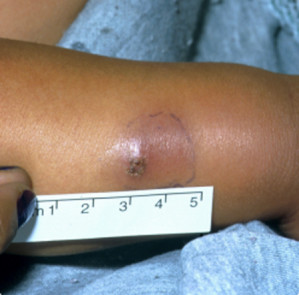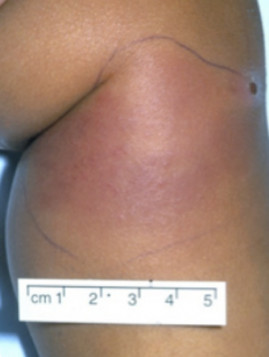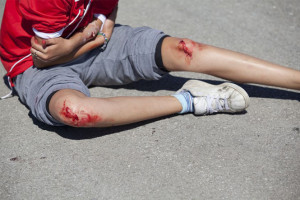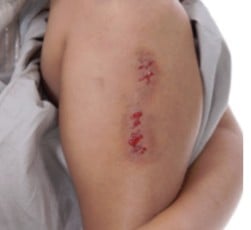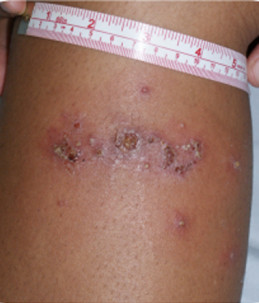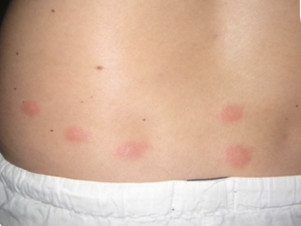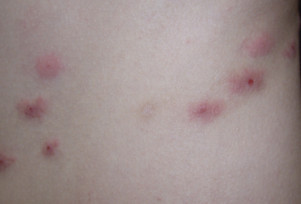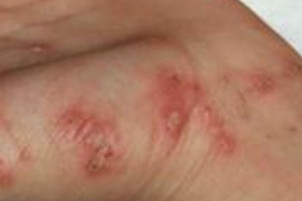Skin infections in children
Key points about skin infections in children
- A skin infection occurs when germs penetrate the skin and spread. When this happens, it can cause pain, swelling and redness.
- A skin infection may be mild or serious.
- Read on to learn how to recognise the early signs of different types of skin infections and what to do for each one.
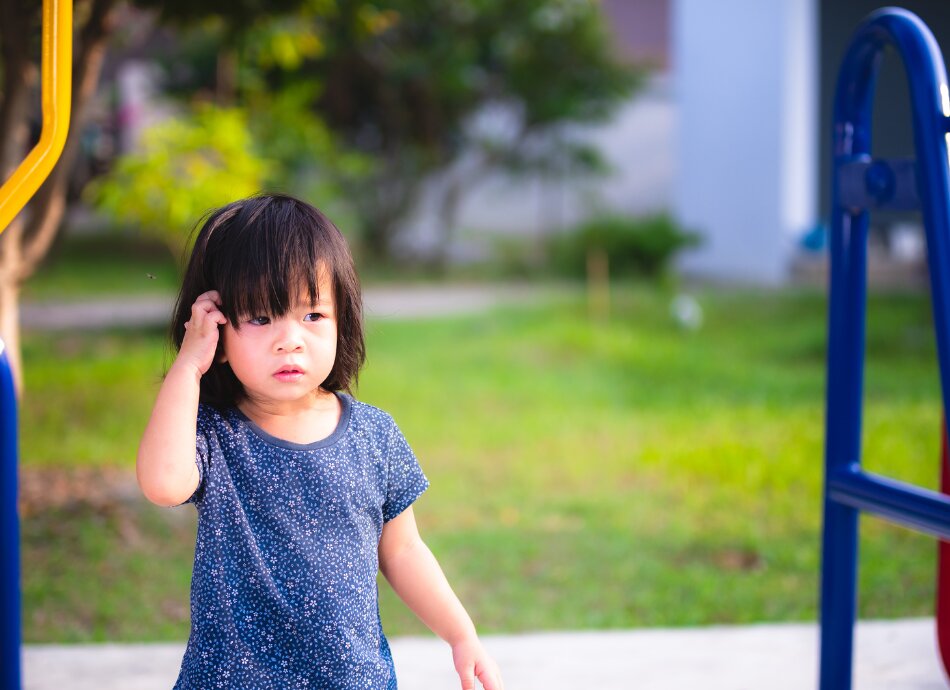
Your skin is the largest organ of your body. Its function is to protect your body from infection. Sometimes the skin itself becomes infected.
Skin infections are caused by a wide variety of germs, such as bacteria, viruses and fungus. These can enter the body through a break in your skin, such as a cut or a scratch. Symptoms can vary from mild to serious.
Treatment depends on the type of infection and how serious it is. Some can be treated by good hygiene measures (such as cleaning the area with warm water and covering it with a plaster or bandage) or over-the-counter medicines (such as anti-fungal creams), whereas other infections may need medical attention (such as antibiotics for cellulitis).
Skin infections are different from rashes. A rash is an area of swollen or irritated skin. While rashes can be symptoms of some skin infections, a person with a rash does not necessarily have an infection. Learn more about rashes in children
Take your child to a doctor or nurse if your child has a sore or wound that:
- is bigger than the size of a 10 cent coin (about 1.5 cm)
- is getting bigger
- has pus
- has red streaks coming from it
- is not getting better after 2 days
- is close to your eye
- won’t stop bleeding.
If skin infections are not treated, they can lead to other serious health problems. Your child may end up in hospital with a serious skin infection or blood poisoning which can hurt their lungs, kidneys, joints, muscles, bones and brain.
The following are some common skin infections found in children.
- boils and abscesses
- cellulitis
- cuts, scratches and grazes
- eczema
- impetigo
- insect bites
- ringworm
- scabies
- fungal skin infections
*Your child’s skin may not look exactly like the pictures on this page. Ask your public health nurse, school nurse or doctor what is wrong with your child’s skin if you are not sure.
|
|
Boils and abscesses |
|---|---|
|
Early signs |
|
|
What to do |
|
|
If it gets worse |
Go to the doctor if any of these things happen:
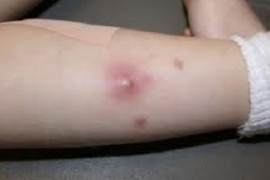
|
|
How is it spread? |
Pus or blood from a boil getting on to the skin can cause more boils. |
|
Time off from kura or school? |
While your child is feeling unwell. If your child is feeling well they can go to school or kura but keep boils covered with plasters or dressing. |
|
Learn more about boils. |
|
|
|
Cellulitis (you say, sell-you-ly-tis) |
|---|---|
|
Early signs |
|
|
What to do |
|
|
If it gets worse |
Go back to the doctor if any of these things happen:
This is urgent as the infection may travel to your child’s blood. Your child may need blood tests and antibiotics. |
|
How is it spread? |
Pus, blood or other fluid from the infection gets on to broken skin. |
|
Time off from kura or school? |
For at least 1 day after treatment has started. Or ask your doctor or public health nurse. |
|
Learn more about cellulitis. |
|
|
|
Infected cuts, scratches and grazes |
|---|---|
|
Early signs |
|
|
What to do |
|
|
If it gets worse |
Go to the doctor if any of these things happen:
This may be cellulitis and the infection may travel to your child’s blood. Your child may need blood tests and antibiotics. |
|
How is it spread? |
Infection is spread if pus, blood or other fluid gets on to broken skin. |
|
Time off from kura or school? |
If infected, at least 1 day after treatment has started. Or ask your doctor or public health nurse. |
|
Learn more about cuts and grazes. |
|
|
|
Infected eczema (you say, ex–ma) Also called dermatitis (you say, der-ma-ty-tis) |
|---|---|
|
Early signs |
|
|
What to do |
|
|
If it gets worse |
Go to the doctor if any of these things happen:
This means the eczema has become infected. It could be cellulitis. |
|
How is it spread? |
|
|
Time off from kura or school? |
If your child feels well they can go to school or kura. |
|
Learn more about eczema. |
|
|
|
Impetigo (you say, im– pa–ty–go) Also called school sores |
|---|---|
|
Early signs |
|
|
What to do |
|
|
If it gets worse |
Go to the doctor if any of these things happen:
This is urgent, the infection may travel to your child’s blood. Your child may need blood tests and antibiotics. |
|
How is it spread? |
Pus, blood or other fluid from the sores touching other skin. It is very easy to catch and spread. |
|
Time off from kura or school? |
For at least 1 day after treatment has started. Ask your doctor or public health nurse. |
|
Learn more about impetigo (school sores). |
|
|
|
Insect bites |
|---|---|
|
Early signs |
|
|
What to do |
|
|
If it gets worse |
Go to the doctor if any of these things happen:
The swelling could be poison from the insect or a serious skin infection such as cellulitis. |
|
How is it spread? |
|
|
Time off from kura or school? |
If your child feels well they can go to school or kura. |
|
Learn more about insect bites. |
|
|
|
Ringworm (fungal skin infection) |
|---|---|
|
Early signs |
|
|
What to do |
|
|
If it gets worse |
Go to the doctor if any of these things happen:
These are signs of serious skin infection. 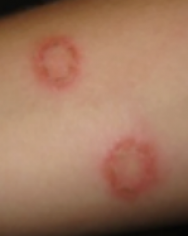
Image credit: Ministry of Health NZ |
|
How is it spread? |
Ringworm spreads easily through contact with infected skin, clothes or personal items, and floors and showers. |
|
Time off from kura or school? |
Until the infection is gone don’t let your child do things where their skin could touch other children. |
|
Learn more about ringworm. |
|
|
|
Scabies (you say, skay-bees) |
|---|---|
|
Early signs |
Itchy rash in places such as:
|
|
What to do |
|
|
If it gets worse |
Go to the doctor if any of these things happen:
This is a serious skin infection. |
|
How is it spread? |
Skin contact with a person with scabies. Sharing sheets, towels and clothes. |
|
Time off from kura or school? |
For at least 1 day after treatment has started. |
|
Learn more about scabies. |
|
|
|
Tinea (fungal skin infections) |
|---|---|
|
Early signs |
|
|
What to do |
|
|
If it gets worse |
See your doctor if:
Not all skin and nail changes that look like tinea are in fact tinea, so it is important to have them checked if they do not clear up quickly. |
|
How is it spread? |
Fungal infections spread easily through contact with infected skin, clothes or personal items. Also from floors and showers |
|
Time off from kura or school? |
Until the infection is gone don’t let your child do things where their skin could touch other children. |
|
Learn more about fungal skin infections. |
|
Brochures
Skin problems in children(external link) Workbase Education Trust and Ministry of Health, NZ, 2013
Looking after your child's skin and treating skin infections(external link) Workbase Education Trust and Ministry of Health, NZ, 2013
Healthy skin(external link) Health Literacy NZ
Bleach bath instructions(external link) Paediatric Society of New Zealand, 2024
Antibiotics for your skin(external link) Choosing Wisely, NZ, 2016
Germs and our skin – four lesson plans for years 2 and 3(external link) Health Literacy NZ
Germs and our skin – four lesson plans for years 5 and 6(external link) Health Literacy NZ
References
- Skin problems in children(external link) Ministry of Health, NZ, 2012
What prescribers need to know
- In primary care, many skin infections are relatively minor and do not need to be treated with antibiotics. Management should focus on good skin hygiene measures and a trial of a topical antiseptic.
- Do not prescribe topical antibiotics for patients with infected eczema, for wound management, for other skin infections or first-line for impetigo. If antibiotic treatment is required, prescribe an oral medicine
- Topical antibiotics may be appropriate as a second-line option for patients with areas of localised impetigo, if first-line management with hygiene measures and topical antiseptics has not resolved the lesions or for Staphylococcus aureus nasal decolonisation
- If a topical antibiotic is prescribed, patients should be instructed to use it for no longer than seven days. The practice of saving an unfinished tube as a first-aid measure for household members should be strongly discouraged.
Clinical resources
- Topical antibiotics for skin infections – when are they appropriate?(external link) BPAC, NZ, 2017
- Managing skin infections in Maori and Pacific families(external link) BPJ Article, August 2012
- Talking points for health professionals – first diagnosis(external link) Health Literacy NZ
- Talking points for health professionals – follow-up visit(external link) Health Literacy NZ
- Talking points for health professionals – preventing infections(external link) Health Literacy NZ
- List of health literacy demands (skills and knowledge) Health Literacy NZ
- Health literacy and the prevention and management of skin infections(external link) Health Literacy NZ
Brochures
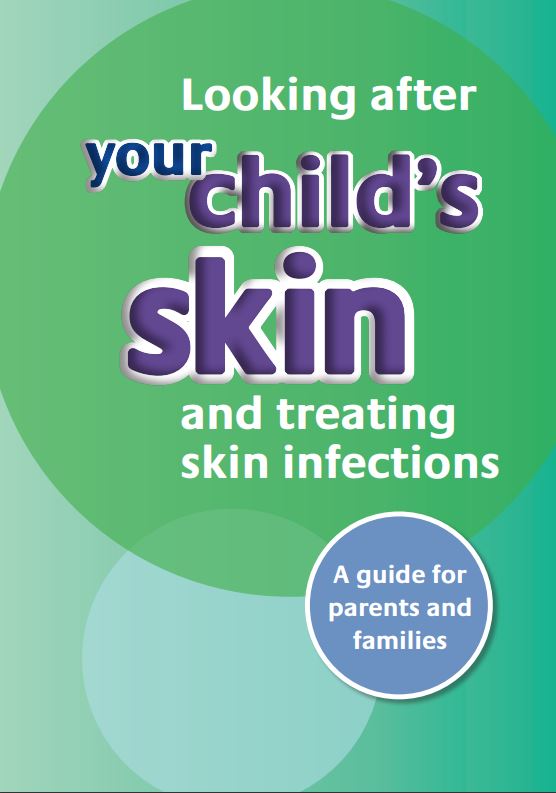
Workbase Education Trust and Ministry of Health, NZ, 2013
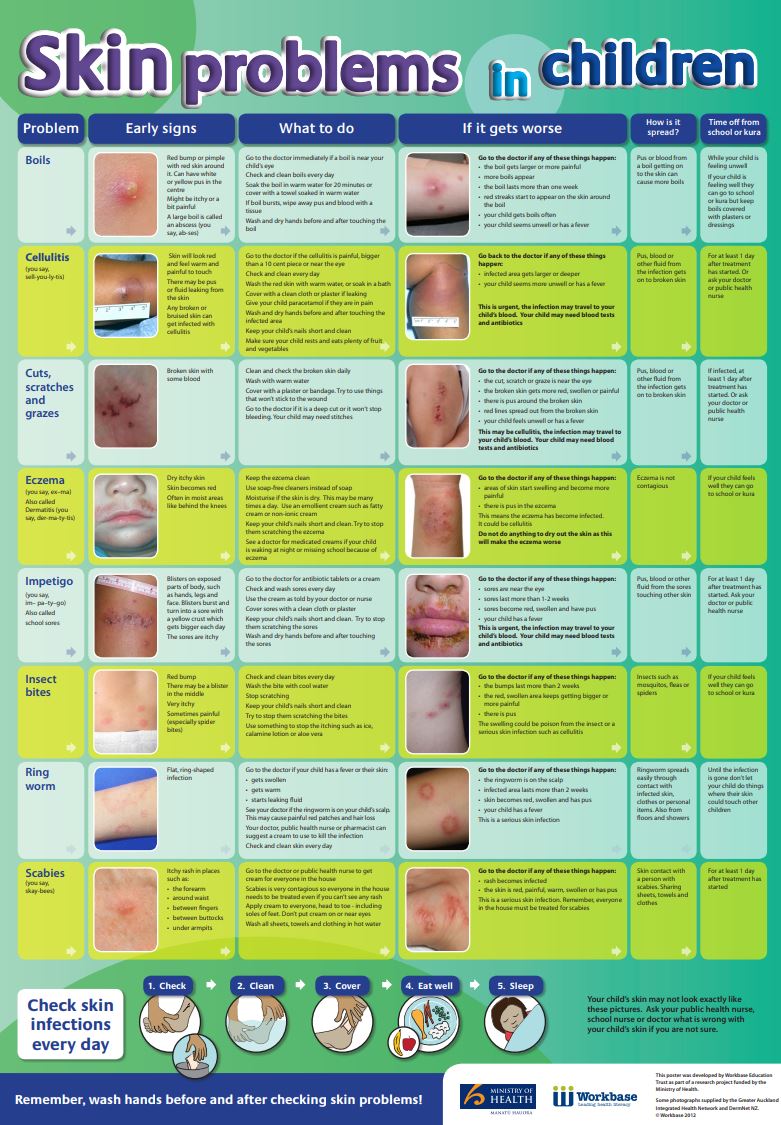
Workbase Education Trust and Ministry of Health, NZ, 2013
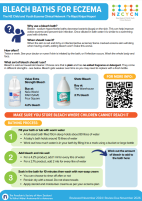
Paediatric Society of New Zealand, 2024
Credits: Healthify editorial team. Healthify is brought to you by Health Navigator Charitable Trust.
Page last updated:


